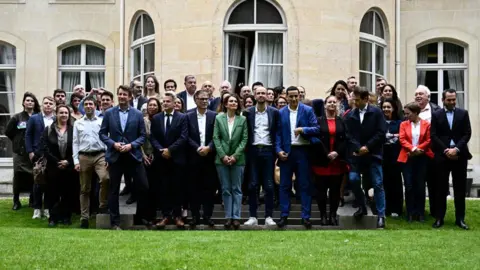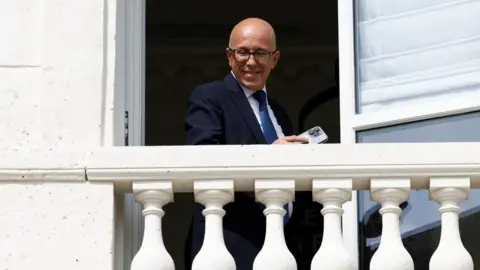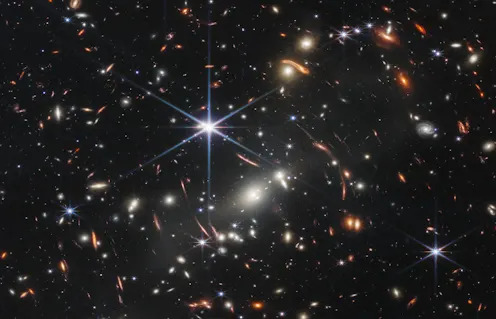Nilima Marshall, PA Science Reporter
Thu, 13 June 2024

A poker face may be seen as a useful tool to have in negotiations, but in some cases, it could also lose you the game.
Researchers at Nottingham Trent University (NTU) found that being pleasant and facially expressive may also make someone a better negotiator.
The results, published in the journal Scientific Reports, are based on an analysis of more than 1,500 conversations focusing on muscle movements in the face, such as smiles, eyebrow raises, nose wrinkles and lip corner pulls.
The team led by Bridget Waller, professor of evolution and social behaviour at NTU’s Department of Psychology, also found facially expressive people were seen as more likeable and socially successful.
She said this research could explain why humans have more complex facial expressions than any other species.
Prof Waller said: “Our comparisons between humans and other primates show that humans produce more facial movement on the whole and have more expressive faces.
“Our research shows that being expressive makes you more likeable, which might make it easier to live in social groups, which is a clear evolutionary advantage.”
In the first part of the study, the researchers showed recorded clips of conversations to more than 170 people and asked them to rate how “readable” (in terms of emotions and expressions) and likeable the subjects were in the videos.
The team then conducted a follow-up analysis of unscripted Zoom chats between 1,456 strangers, where conversation partners rated how much they liked each other.
The researchers found that, on average, people produced 71 individual facial movements per minute during these social interactions.
Expressive people were found to be more liked both by independent raters and by their conversation partner.
The scientists also set up a conflict scenario where people were offered a bad deal.
Prof Waller said: “We asked the participant to decide how to split a monetary reward between themselves and the experimenter – who was masquerading as a participant.
“Our experimenter offered an unfair split – taking 80% of the reward.
“We measured how well they negotiated down from this, and what they eventually agreed to.
“Roughly half our participants agreed to taking less than 50% (poor negotiation) and the other half split the reward equally (good negotiation).”
Those who were both agreeable and expressive in their negotiations were found to achieve a better outcome.
Dr Eithne Kavanagh, research fellow and lead author on the study at NTU’s School of Social Sciences, said: “This is the first large-scale study to examine facial expression in real-world interactions.
“It suggests that more expressive people are more successful at attracting social partners and in building relationships.
“It also could be important in conflict resolution.”
Prof Waller said that facial expressions are mainly used for social communication, although they are often associated with emotions.
She said: “We do not think there is much evidence that facial expressions signal emotion and instead think of them as conversational or interactive cues.”
The work is part of a project known as Facediff (Individual differences in facial expressivity: Social function, facial anatomy and evolutionary origin), which is funded by the European Research Council.




















